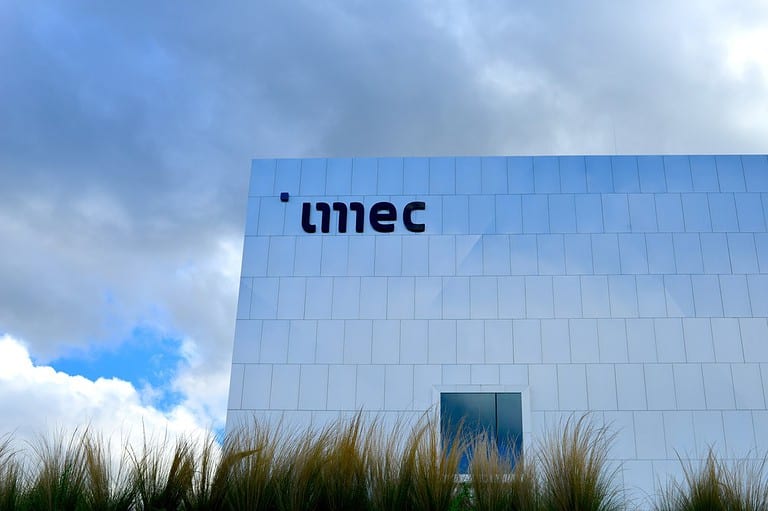Imec plays a key role in innovation within the chip industry. However, geopolitical tensions are curbing the research center’s ambitions, diluting its connection with China.
As of now, collaborations with China have been “drastically reduced,” imec has told Politico. Following the lead of chip companies like ASML, it is completing its ongoing commitments with Chinese parties and winding down its operations there.
“Our policy was further refined in reaction to the global geopolitical developments” imec states. In diplomatic language
imec has traditionally been considered a relatively neutral party within the chip industry. It moved CEO Luc van den Hove to recently label his R&D lab as the“Switzerland of semiconductors.” However, like the actual Switzerland, imec is located in Europe and its room to maneuver is constrained by geopolitical tensions. The mutual export restrictions between Western countries and China already forced ASML to keep its most advanced chip machines away from Beijing. The same now seems to apply to the expertise within imec.
A changing world stage
With public-private investments from the EU, ASML and Flanders, among others, many parties influence the course imec takes. The fact that CEO Van den Hove last month listed ‘global’ partners from the US, Taiwan, South Korea and Europe (not China) probably says enough about imec’s changed status. Previously, it worked intimately with Chinese parties SMIC and Huawei, even resulting in joint ventures and spin-offs.
For imec, however, a calm and permissive global economic policy is of great importance. In this respect, its position is almost entirely in line with Dutch ASML, also an opponent of export restrictions against China. Departing ASML CEO Peter Wennink has repeatedly warned that attempts to curtail China’s technological advance could backfire. After all, the country is now motivated to develop on its own, free of Western equipment and expertise.
There are already signs of this being the case. Last year, for example, China had reportedly decided to boost Huawei’s chip ambitions with a converted 30 billion dollars. There’s also evidence of progress in its chip technology, with the Kirin 9000S SoC being launched at a limited scape. This processor appears to be built on a 7nm process, which suggests that China is about four to five years behind the leading chip factories of TSMC, Intel and Samsung. Without imec’s help, further development will however be a lot harder.
Also read: Nvidia sees Huawei as a serious AI chip competitor
